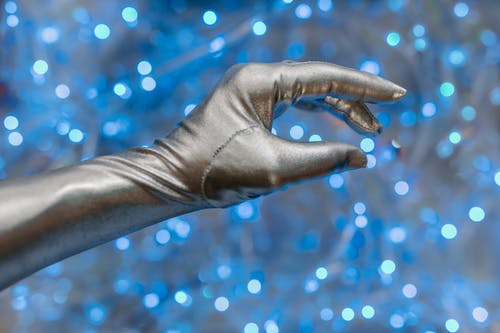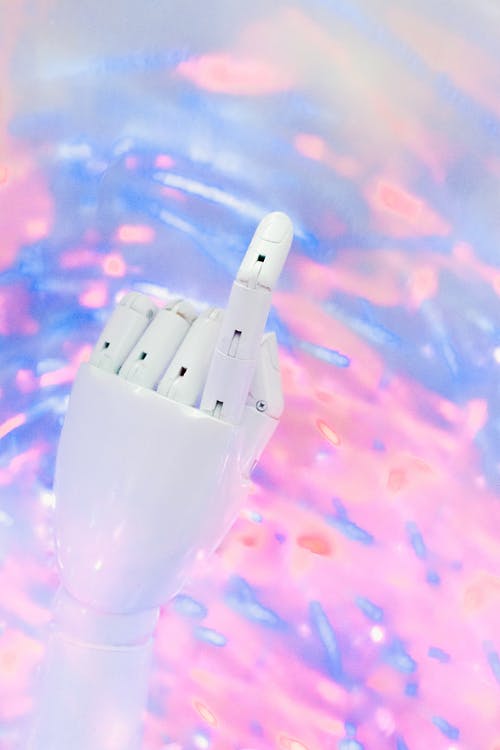Avi Loeb takes on Galileo project to discover evidence of UFOs.
Astrophysicist Avi Loeb of Harvard University has announced his intentions to take on a new endeavor called the Galileo project to look for proof of extraterrestrial activity and contact made with earth. The effort will use telescopes to identify artifacts that “could be satellites residing in Earth orbit, interstellar objects, and unexplained aircraft,” according to his proposal.
“It doesn’t really matter if it’s a natural artifact or a relic,” Loeb said. “If we look, we will find something new.” And that’s what’s important to the scientific community.
Loeb published a book titled Extraterrestrial: The First Sign of Intelligent Life Beyond Earth, making the case that ʻOumuamua, an unidentified object that satellites previously picked up, was “some sort of alien technology.” His work details the 2017 detection of ʻOumuamua, which he concludes may be an extraterrestrial artifact. Prior to its publication, Loeb showed that the object was “not an asteroid, was moving too fast in a very unusual orbit, and left no gas trail or debris in its path to be a comet.” He added, it was also “unlikely to be frozen hydrogen, as proposed by other researchers.”

Loeb understands that his research is controversial and there will be scientists who will oppose it. However, “The science community should be open minded. That’s how we make progress,” Loeb argued, and he is prepared for any opposition.
His latest project proposes to use data from “existing and upcoming survey telescopes, such as the 8-meter Vera Rubin Observatory under construction in Chile, to look for more objects like ‘Oumuamua.” The researcher hypothesizes that detecting objects early will give scientists more time to study them.
Loeb has his supporters for the use of satellites as well. “Everyone would be thrilled to get a close-up look at something like ‘Oumuamua,” said astronomer Jason Wright, director of the Penn State Extraterrestrial Intelligence Center.
“We should definitely be ready for the next ‘Oumuamua,” added astrophysicist Adam Frank of the University of Rochester. “We’ll learn a lot about these things whatever they are.”
Besides ʻOumuamua, another interstellar object, the comet 2I/Borisov, was detected, and was found to be natural, whereas ʻOumuamua may not be. “The possibility that ʻOumuamua may be alien technology has not been ruled out, although such an explanation is considered unlikely by most scientists,” Loeb explained. “Nonetheless, we should be open-minded and search for evidence rather than assume that everything we see in the sky must be rocks.”
Alan Fitzsimmons of the Queen’s University Belfast, co-lead of the ‘Oumuamua investigation team started by the International Space Science Institute, notes that “existing alert networks already scour telescope data on an hourly basis in search of incoming interstellar objects.” Therefore, he surmises that Loeb’s project will be redundant.
Fitzsimmons adds, “The European Space Agency is working on a Comet Interceptor mission, to be launched in 2028, that will sit in orbit waiting for a suitable target, be it a comet or an interstellar object, before rushing out to meet it. The community can’t wait for the discoveries of the Vera Rubin Observatory.”
Sources:
Project launched to look for extraterrestrial visitors to our solar system
Extraterrestrial: The First Sign of Intelligent Life Beyond Earth
The Galileo Project: “Daring to Look Through New Telescopes”


Join the conversation!